
A website devoted to demonstrating the outstanding natural beauty and lifestyle of Northumberland, Northern England and Newcastle.............

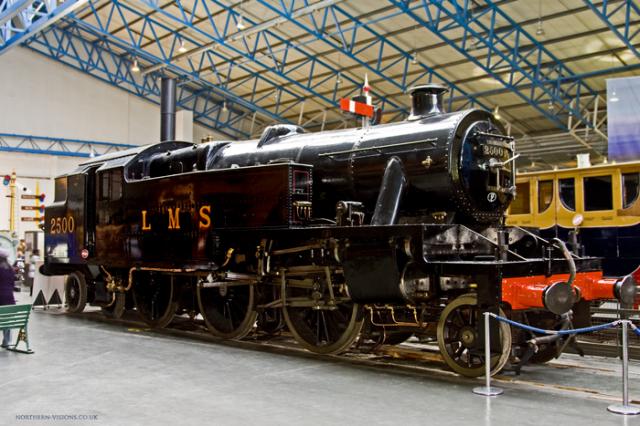
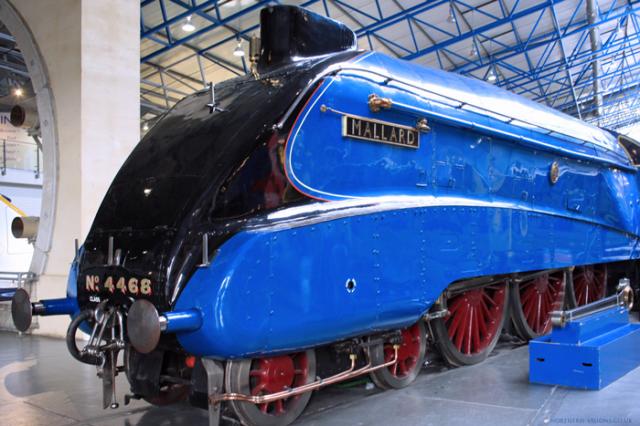
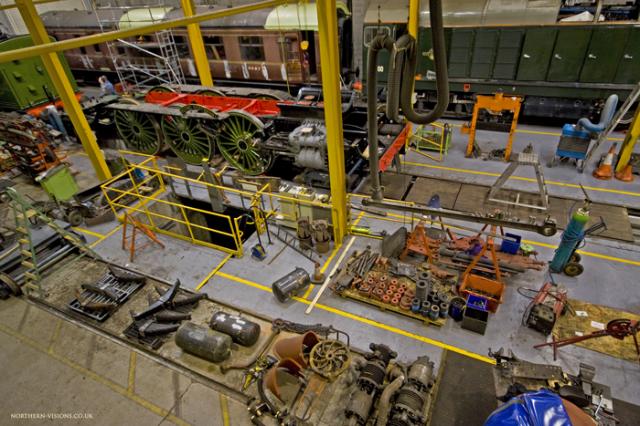
The "Mallard" was and still is the fastest steam locomotive in the world. It currently holds the world record of 126mph, which was made on the 3rd of July 1938.
The locomotive is a Gresley A4 Pacific engine, made for the LNER ( London and North Eastern Railways ) in 1937, and was a direct challenge to the LMS speed record of the mighty Duchess Class Locomotives, which held the speed record of 114 mph.
The LNER chose the Mallard for the run, because the loco was only 6 months old. 6 years old it would of been too "slack", brand new it would be too tight. So the Mallard was chosen.
So on the morning of the 3rd of July, driver Joe Duddington and the fireman Thomas Bray brought the machine to life, coupled up the carriages, including the special Dynamometer car, which was precisely calibrated to measure accurate speeds, and off they went. Bearing in mind it takes a couple of hours to prepare these things, its not like pressing a button and hey presto its alive!
So out on the East Coast main line, they eventually came to Stoke bank, a 1 in 90 gradient, and they opened up the regulator and tried for the record. This was uncharted territory in those days, so they were truly taking a step into the unknown. By the time they hit 120 mph, the bearings on the wheels were melting, white metal has a fairly low heat tolerance. They placed stink bombs into the big end bearings, so that when they melted, they knew the bearings had gone. But they knew it takes 3 seconds to fully destroy them. He gave one final push on the regulator and the record was there's. 126 mph!
So the record was broken, but so was the Mallard. It had to be towed back to the sheds for an overhaul and repair. But this was the best publicity stunt they could of had. And to this day the record has and probably will never be broken.
The Mallard does not run these days, as the boiler ticket has expired, and there is a hole apparently in the boiler itself, so its now a static museum piece. Terrible in my mind, it should be running once again for the next generations! Where there is a will there is a way, seems we have less courage these days than Joe Duddinton and the like in the 1930's!
Ever wondered what a steam locomotive looks like in bits? well here you are, this is the Flying Scotsman broken down to its component parts.
This is part of the National Rail Museum overhaul of the loco, and to put it back into "Mainline" condition.
The total cost for this project is approximately £3.5 million. But nothing but the best for the worlds most famous Locomotive.
The workshops are an amazing look into the past, looking at the lathes, mills and other tools, its like a visit to the past. And anyone that served their time in the 50's or 60's would remember it well! Including the inevitable "Engineers Blue" scattered round the place.
Ask your Grandparents or Dads on that one!
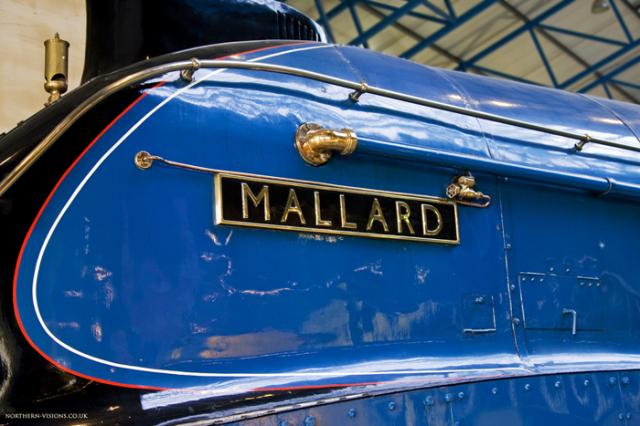
Here are some of my photos from the National Railway museum in York. Honestly a fantastic day out, and if your into the railways, its the place to go in the UK.
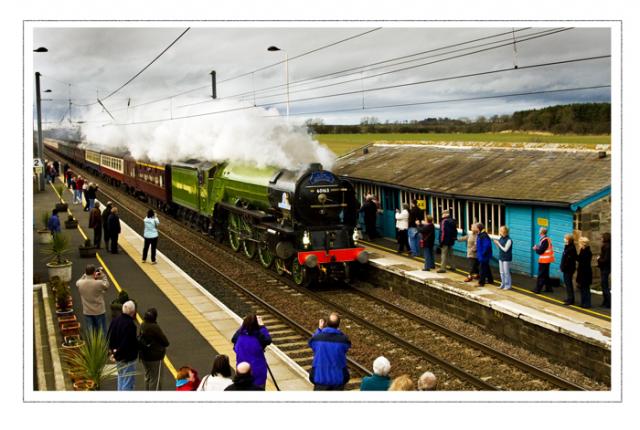
This is the Tornado on the East Coast Main Line, passing through Chathill Station. Thanks to a very handy signal box ladder, a great vantage point was to be had. Trouble was, I was sharing it with about 20 people eventually, including the local Vicar!
At this point the Tornado was doing the permitted maximum of 80MPH, but what a sense of speed the thing had. Not like the normal DMU's or electic trains, you heard this long before you seen it, and felt it as it went past.
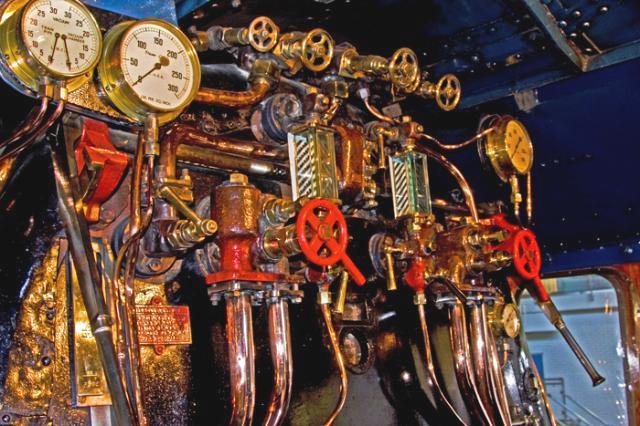
The cab of the Mallard looks very similar to most other engines of the day. The Level glasses in the foreground, brake regulators and various valves and gauges.
Little wonder you only became a driver after many years as a "Cleaner", then a fireman, and finally a driver. And you had to be extremely talented, or lucky to work on a Top link Engine or train as the Flying Scotsman, or a loco like an A4.